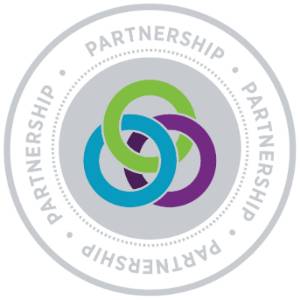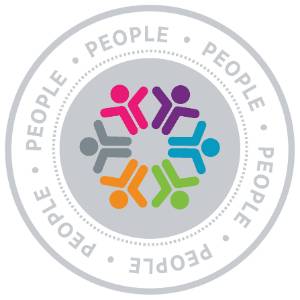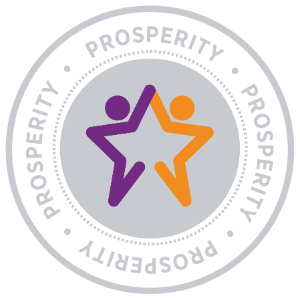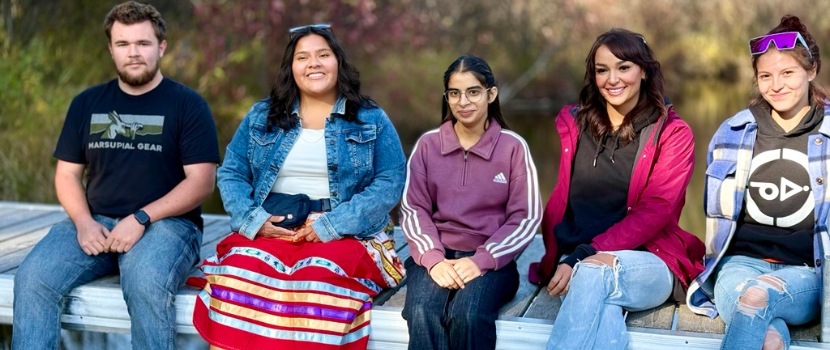
Students explore Indigenous history at the Hannin Creek Education and Applied Research Centre
Forty Saskatchewan Polytechnic students traded classrooms for campfires this fall, gathering at the Hannin Creek Education and Applied Research Centre for a unique learning experience rooted in reconciliation. The pilot project, called ReconciliACTION, brought together students, Elders and staff from the Prince Albert Grand Council (PAGC).
The camp was designed to foster meaningful dialogue between Sask Polytech students, PAGC Elders and staff by creating opportunities for cultural exchange, learning and understanding. Students participated in storytelling, land-based learning and received a foundation of Indigenous history that deepened their understanding of diverse perspectives and reconciliation.
“ReconciliACTION was created as a space for students to challenge biases and misinformation and build cultural competencies to enhance their personal and professional lives,” says Carlos Correa, international student advisor and project lead. “Through learning and examining our own cultural similarities, we can strengthen the fabric of our community in building awareness and empathy.”
Initially, the project was developed for Sask Polytech international students but as discussions with partners continued, it became clear that the educational, social and personal benefits of this project would be appropriate for all students.
As the project evolved, so did its reach. A total of 40 students took part, representing Early Childhood Education, Geographic Information Systems, Integrated Resource Management, Justice Studies, Licensed Practical Nursing and Resource and Environmental Law programs. Of those, 24 were international students who brought their own diverse experiences and cultural backgrounds to the gathering.
For students, the experience was transformative. As they embarked on their journey by bus to Hannin Creek, the students began forming connections that would deepen throughout the experience. Upon arriving at the camp, they explored the trails that feature the Stories of the Land, a land-based learning initiative that connects learners with the natural environment of the boreal forest.
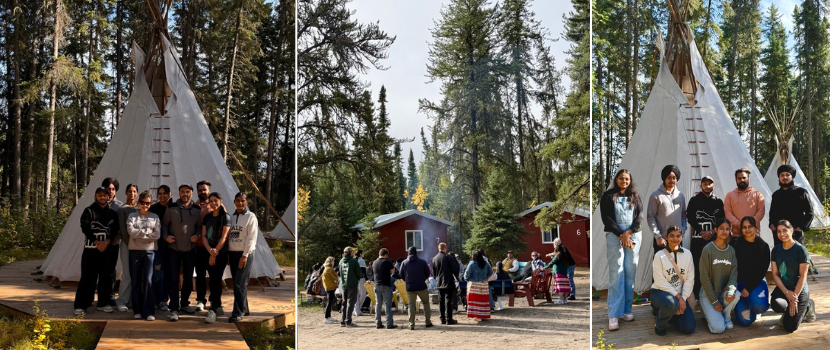
The students then split into two groups, each taking a turn to learn directly from PAGC Elders around the campfire, where they heard traditional stories, practices and experiences of resilience. The students also learned about Indigenous history in Saskatchewan from Edward Mirasty, PAGC director of education.
“Listening to the Elders share their stories around the campfire was powerful. I had read about Indigenous history before, but hearing firsthand experiences made it real,” says Gurleen Kaur Kalsi, a second-year Early Childhood Education student. “We may come from different cultures, but our values are often the same. After the smudging, I shared how in my culture we also use ghee for cleansing and seeking blessings. It reminded me that respect, gratitude and connection are universal.”
The learning didn’t end at the campfire. As students explored the trails and shared experiences from their programs, new connections and insights continued to unfold.
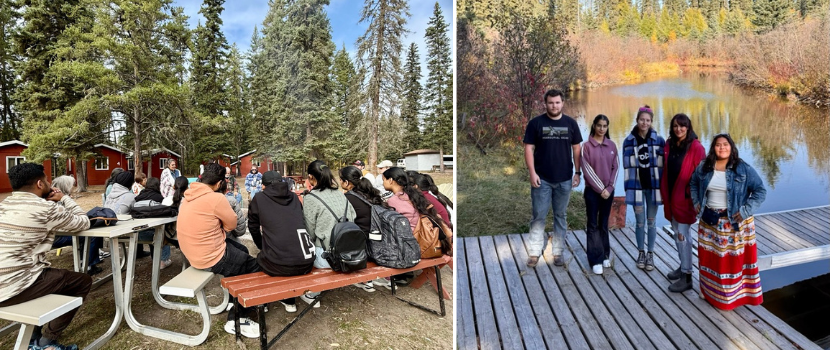
“Another special part of the experience was learning more about what students in other programs study,” says DeAnna Bendig, a second-year student in the Practical Nursing diploma program. She explored some of the trails with a first-year student in the Integrated Resource Management program who shared their knowledge of local plants. The student explained both the scientific properties of the plants and their traditional uses in Indigenous medicine and ceremony. “We are all part of building strong communities. We grow together when we stay open and curious. That’s how we can move towards Truth and Reconciliation. My cup is full because of the people I met at the event.”
Correa hopes ReconciliACTION will become an annual event. “The feedback from students has been positive,” he says. “Many expressed that they felt more confident engaging with Indigenous communities and better prepared to support reconciliation in their future workplaces.”
The Sask Polytech Indigenous Success Strategy is named Wichitowin ahci kaskihtamâsowin ati nikan (Michif). It means helping each other with success for the future. ReconciliACTION is a way that we collaboratively helping each other toward reconciliation and intercultural learning. It's a step toward bridging cultures, strengthening community connections and empowering students to carry reconciliation into every part of their lives and careers.
Learn more about the Indigenous Success Strategy at saskpolytech.ca/indigenous.
Saskatchewan Polytechnic is signatory to the SDG Accord. Sustainable Development Goal alignment is one of the ways Sask Polytech is leading the rise of polytechnic education.
